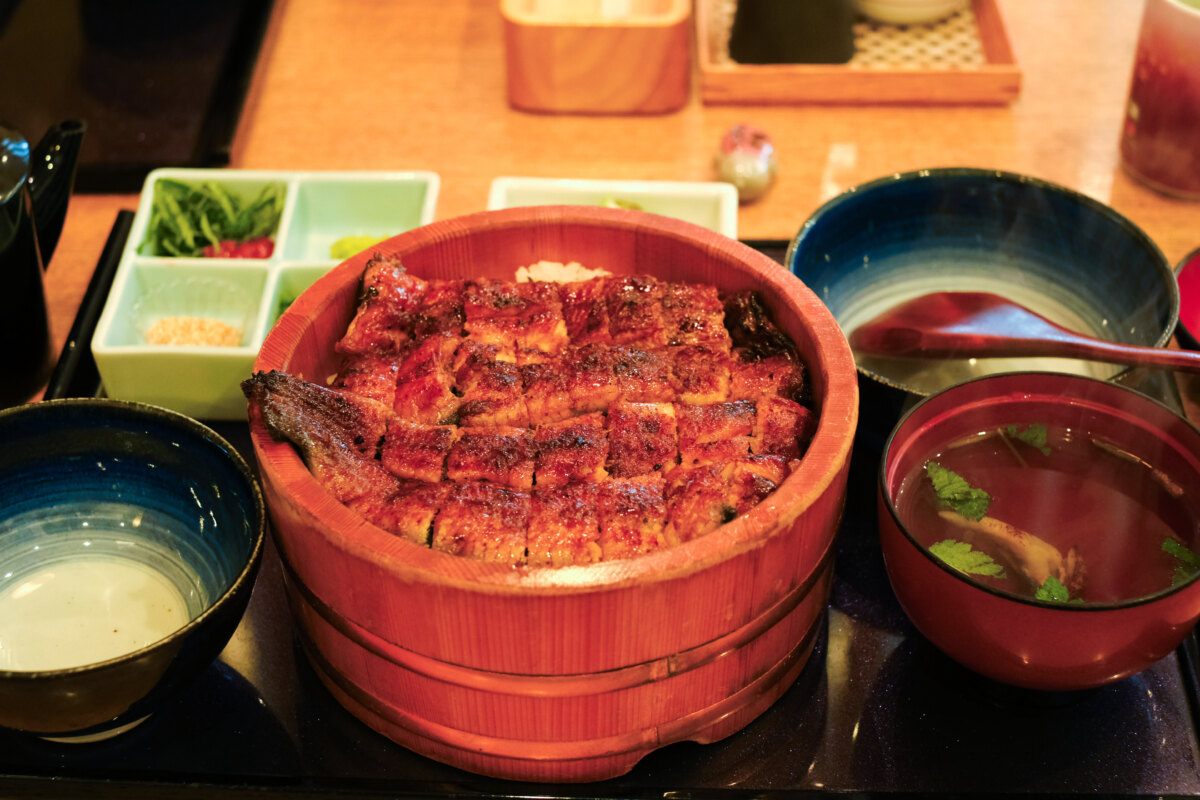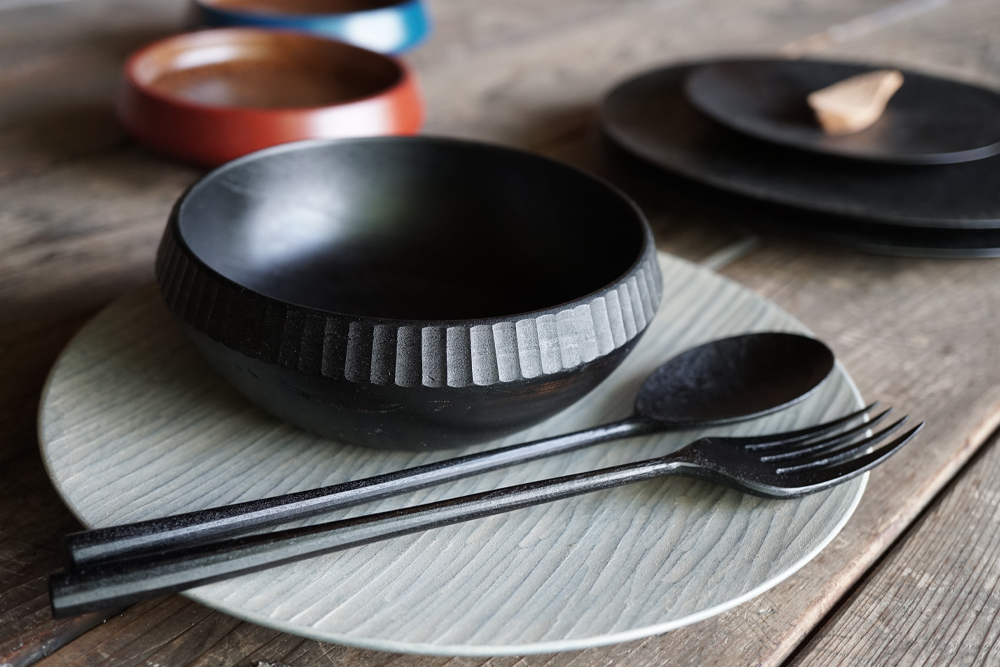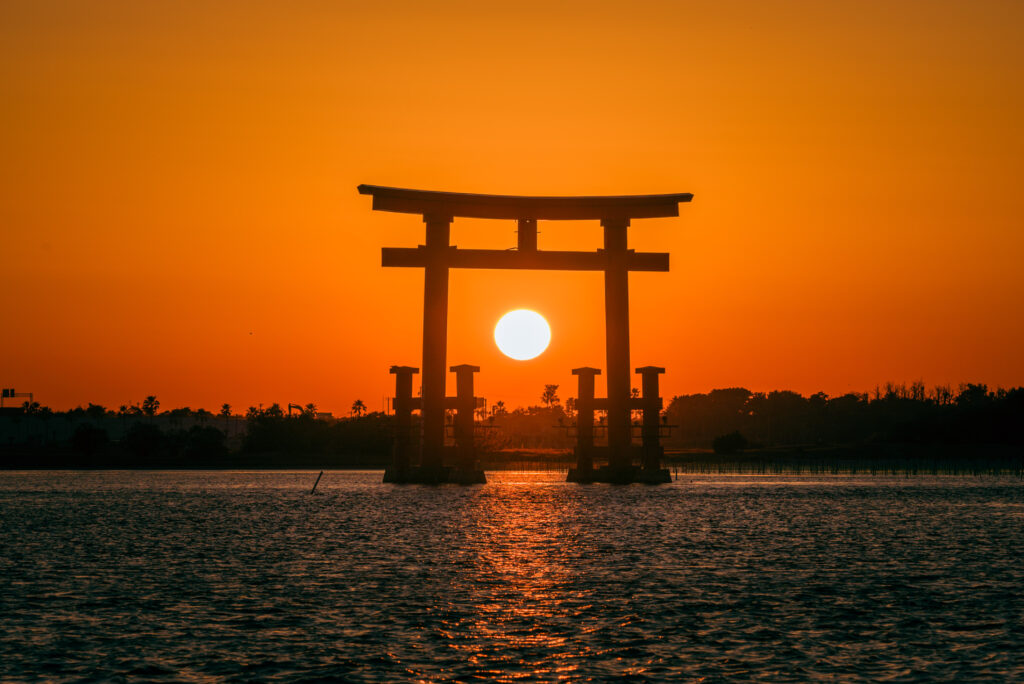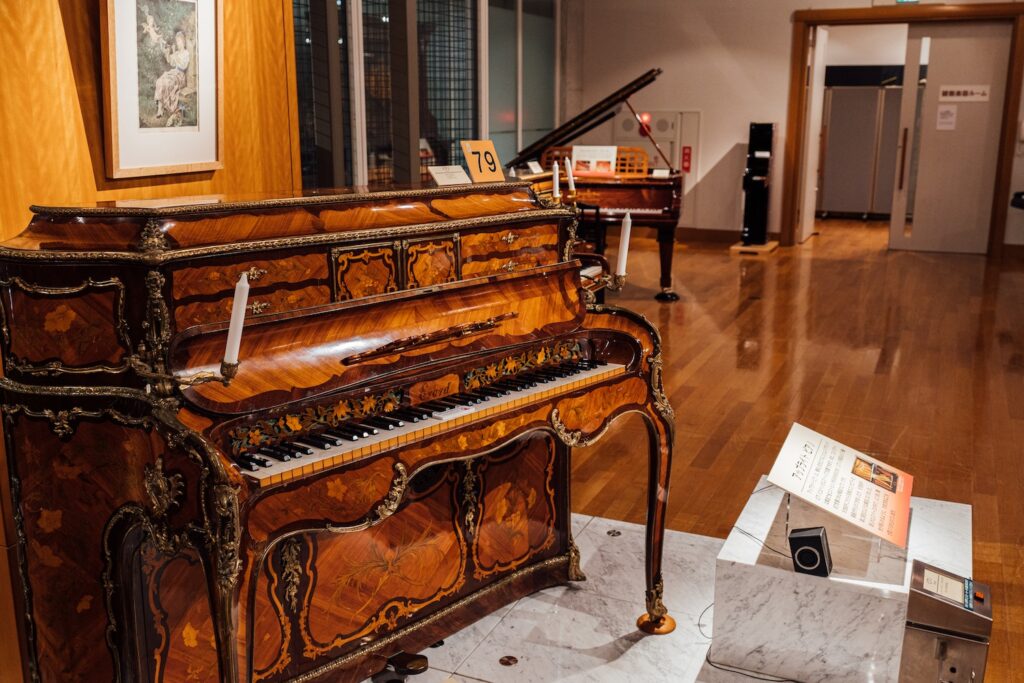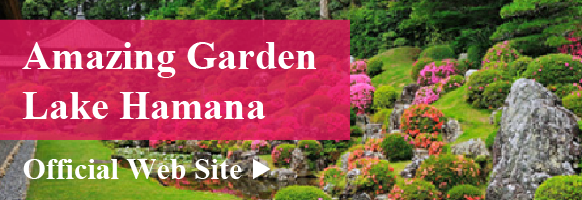Get to Know Hamamatsu
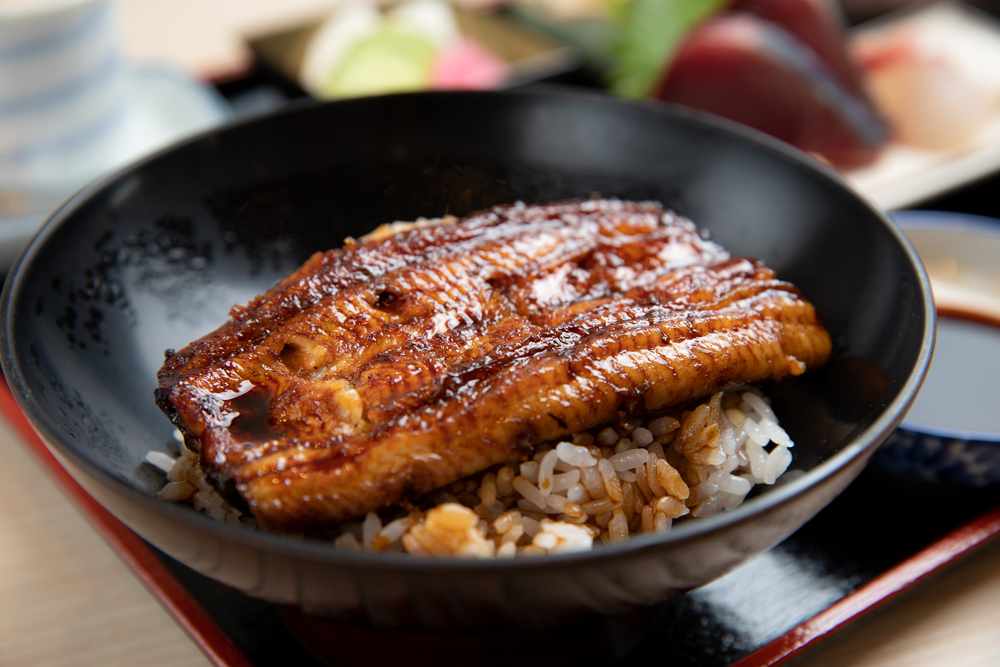
- Eat
Suigetsuro Toku – Lakeside Dining with Lake Hamana Unagi
When asked, “Where’s the hometown of unagi?” you’ll find yourself wanting to say, “Right here!” That’s how it feels at Suigetsuro, a charming restaurant nestled on the shores of Lake Hamana…
When asked, “Where’s the hometown of unagi?” you’ll find yourself wanting to say, “Right here!” That’s how it feels at Suigetsuro, a charming restaurant nestled on the shores of Lake Hamana.
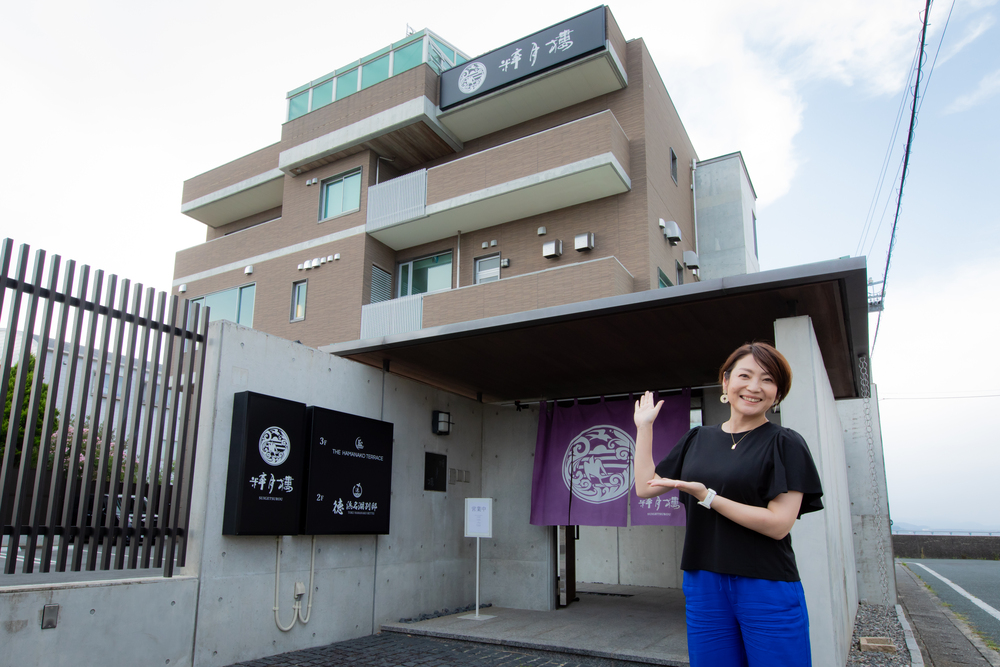
On the second floor of Suigetsuro, you’ll find Toku Hamana-ko Bettei.
From the large windows, you can enjoy sweeping views of Lake Hamana, making it feel as if you’re right on the lake itself.
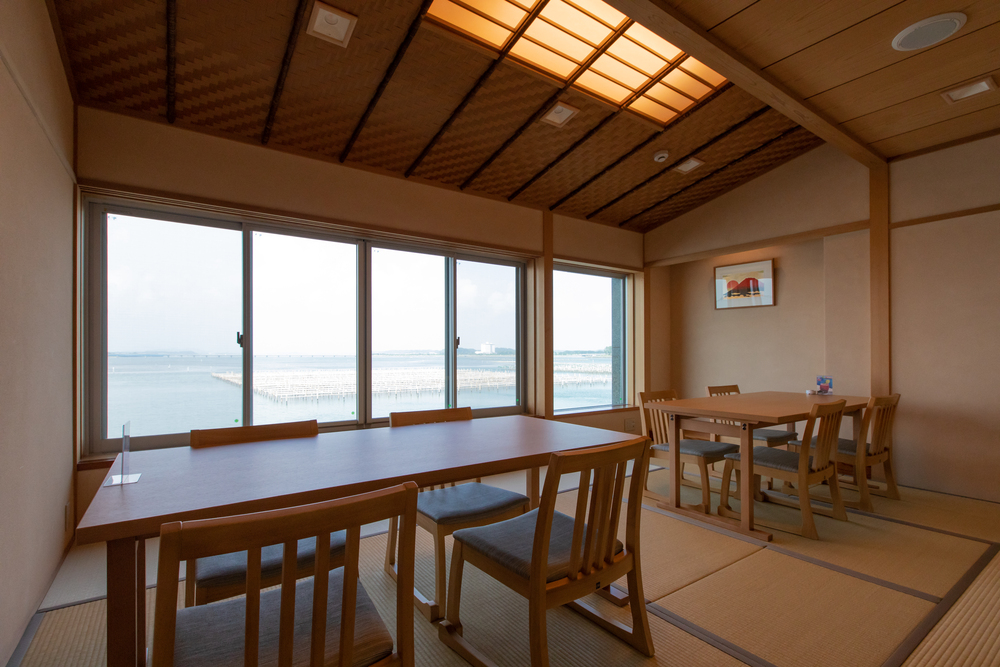
The live eel and fresh seafood carefully selected by the long-established unagi restaurant Unagi Toku, enjoyed here, go beyond delighting the five senses—they even spark your imagination and a “sixth sense” of flavor.
Here’s my personal recommendation
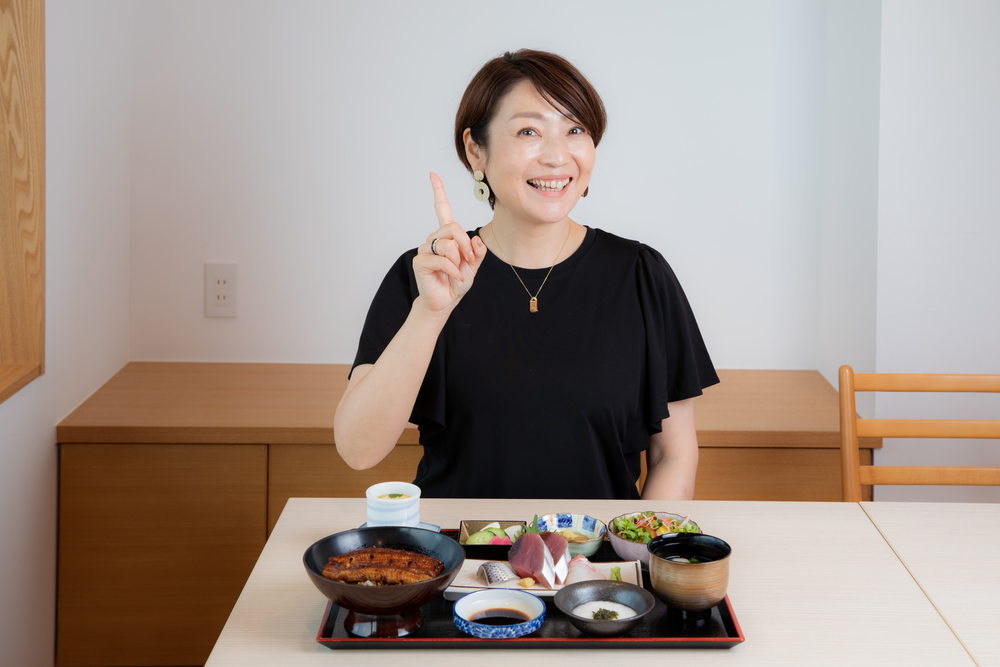
The Special Unagi Gozen!
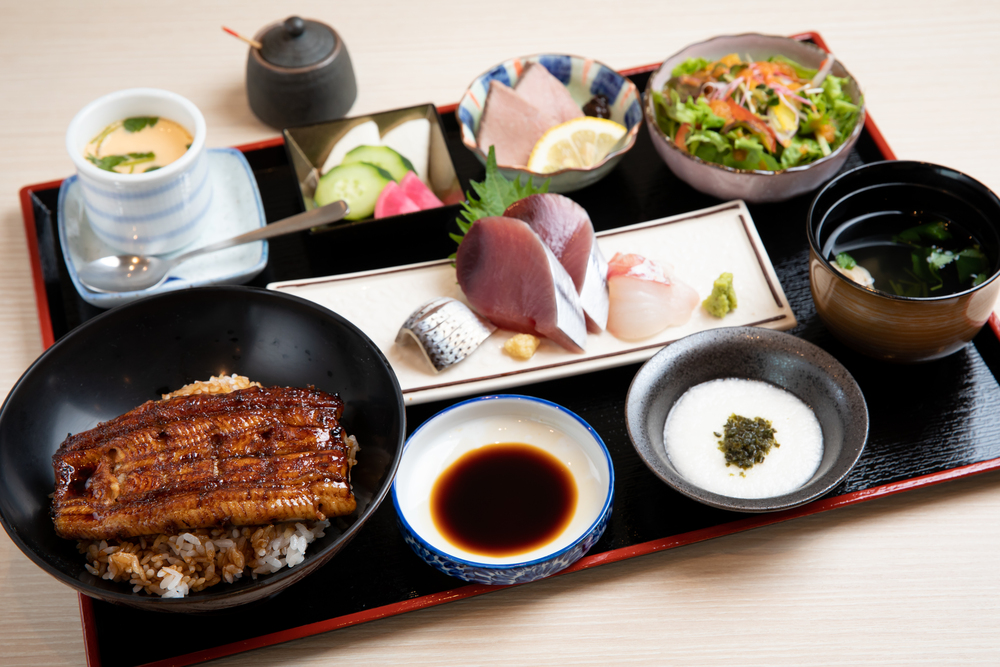
With a focus on local ingredients, the meal features seasonal sashimi and two daily side dishes specially prepared by the chef.
The skin-on bonito gleams brilliantly…
“Enshu Specialty Mochi-gatsuo”
Its chewy, springy texture is simply addictive.
Bonito, thank you for gracing us with your presence!
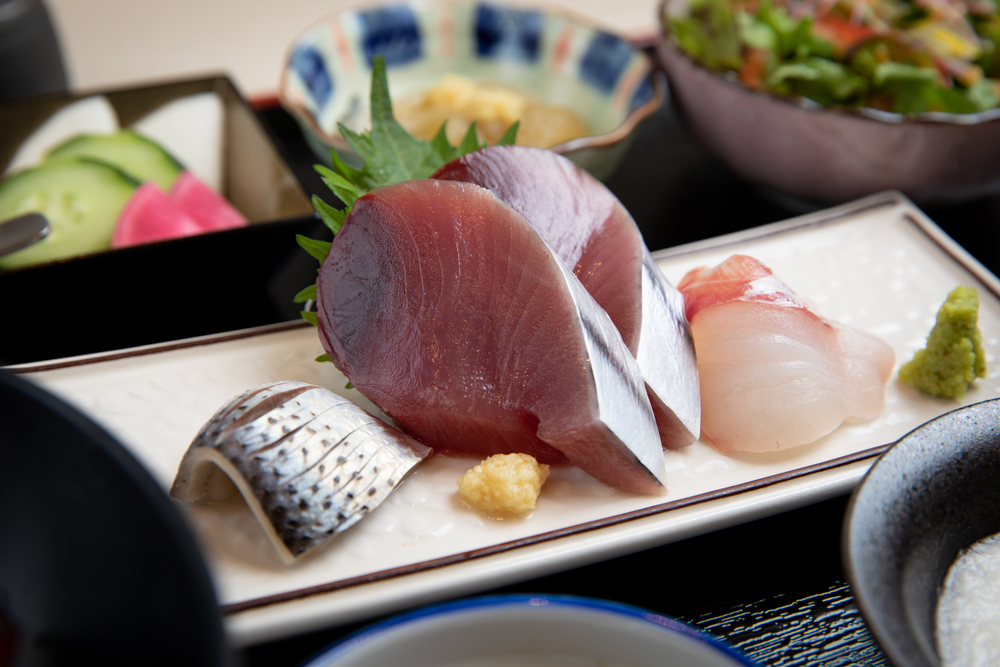
(The sashimi may vary depending on the day.)
The king of summer vegetables: Simmered Eggplant
Perfect for beating the summer heat.
What a beautiful eggplant—so much so that it makes me a little envious of its beauty!
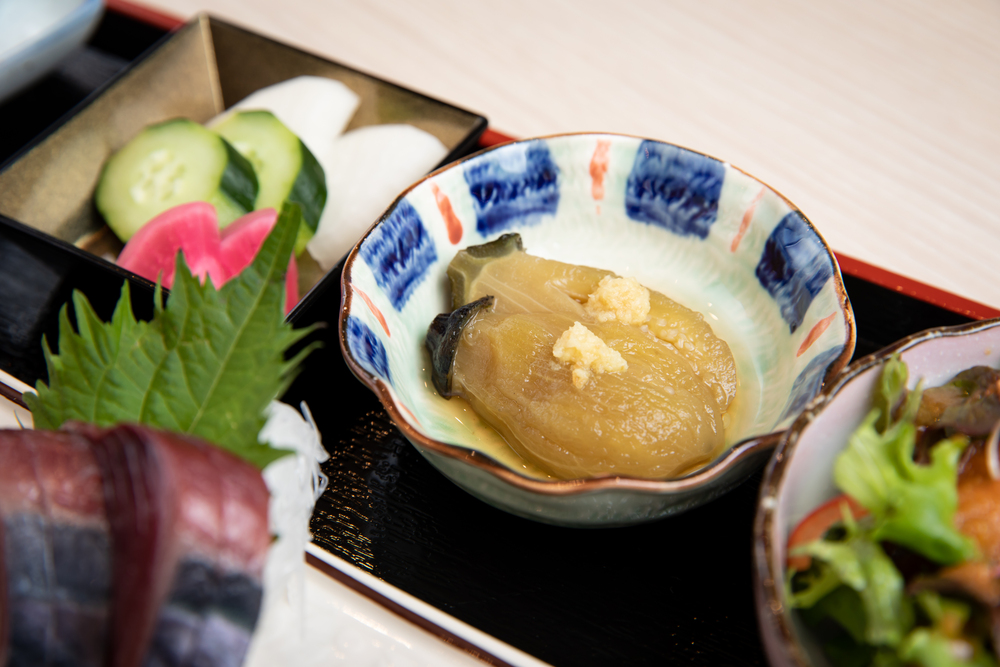
And the meticulous care and passion of Chef Masato Atari shine through even in the dressings, reflecting his dedication as a true culinary artisan.
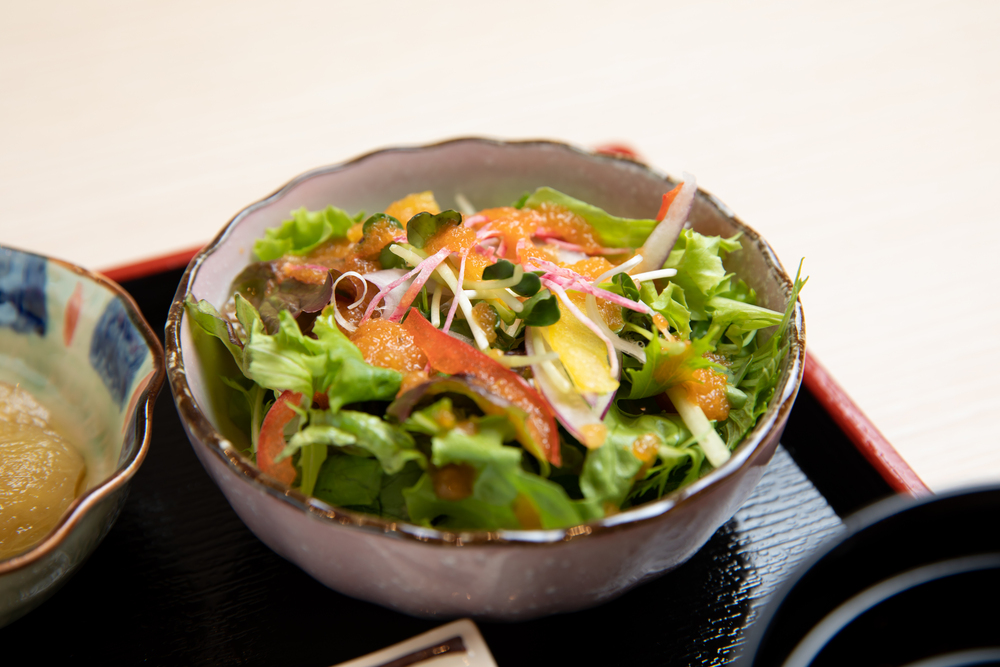
A masterpiece by the chef: “The Unsinkable Carrot Dressing”
A carefully crafted creation where sweetness and tang dance together in harmony.
I can’t help but admire a life as balanced and vibrant as this!
The eel, a proud specialty of Toku, glistens with a secret sauce that has been carefully replenished daily since the Meiji era!
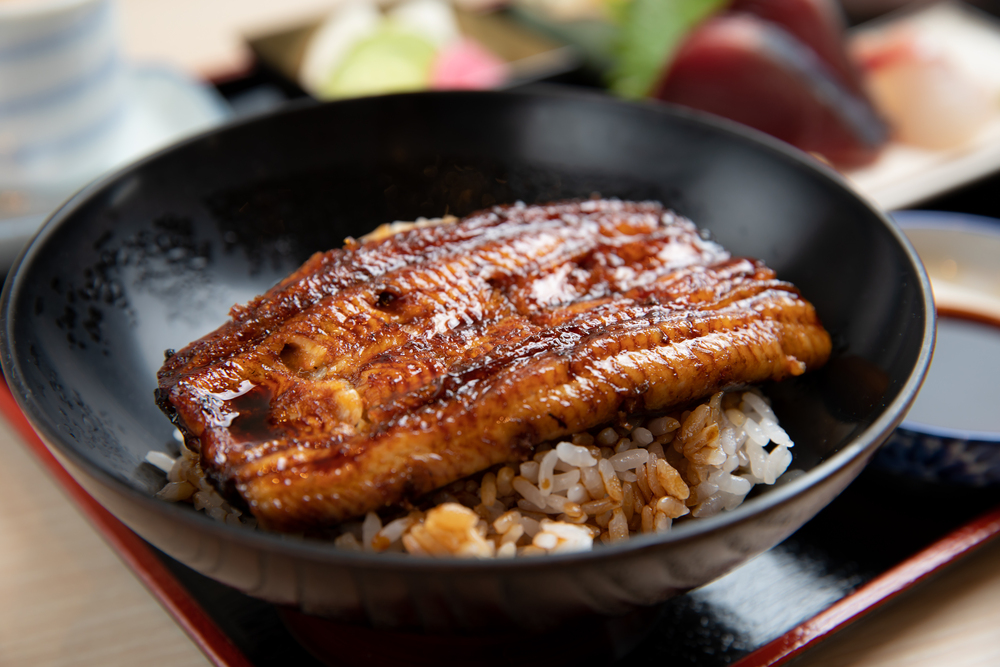
The eel is grilled in the Hamamatsu-style shallow steaming method, allowing you to fully savor the unique flavor of live eel.
I’m completely impressed by Toku’s eel, which has earned its well-deserved reputation.
But wait—we’re not eating just yet… it’s time for a 10-second eel magic trick!
While it’s still warm, sprinkle it with sansho pepper and cover it.
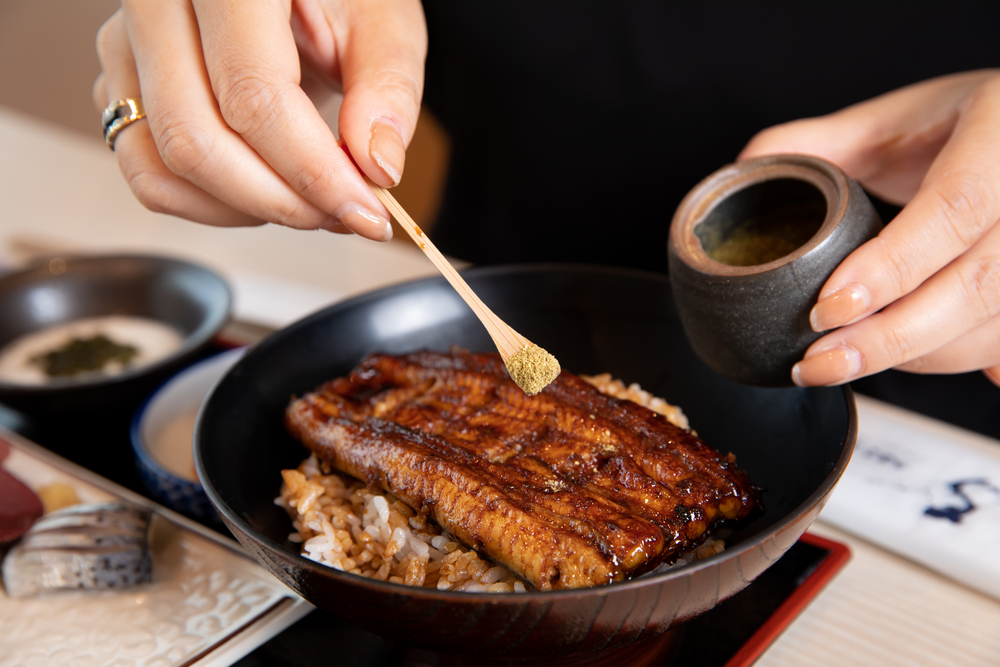
Sansho, said to be Japan’s oldest spice, is used here at Toku Hamana-ko Bettei in a vibrant, glossy green variety.
Then, patiently wait about 10 seconds for the aroma to rise…
1… 2… 3… 4… 5… 6… 7… 8… 9… 10!
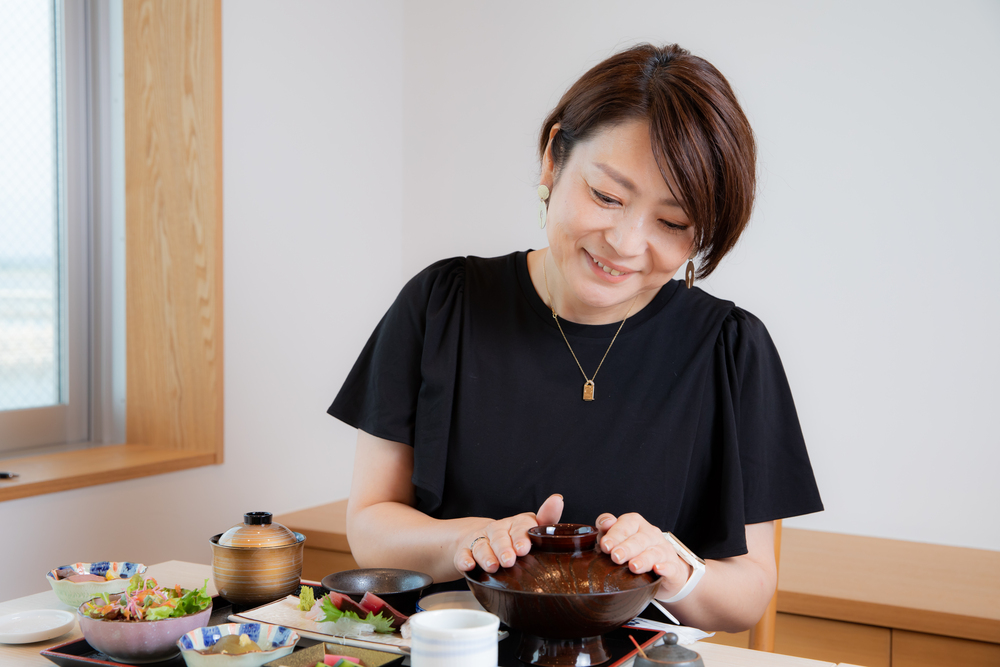
The moment you lift the lid, the refreshing, slightly spicy aroma of sansho rises up.
With such an eel before you, a smile naturally spreads across your face.

As the saying goes, “Small as it is, sansho packs a punch.”
These tiny grains hold an astonishing amount of flavor and power.
With just a pinch of sansho and 10 seconds of magic, the flavor of the eel is elevated to an extraordinary level.
Thick, plump eel.
When you cut into it with your chopsticks, the surface has a gentle springiness, and once it enters your mouth, it melts in a truly sublime way.
“To make your heart dance” is the perfect way to describe the eel donburi right before you.
Enjoy the view of Lake Hamana while savoring dishes crafted with heartfelt care by the chef…
Why not treat yourself to this blissful experience?
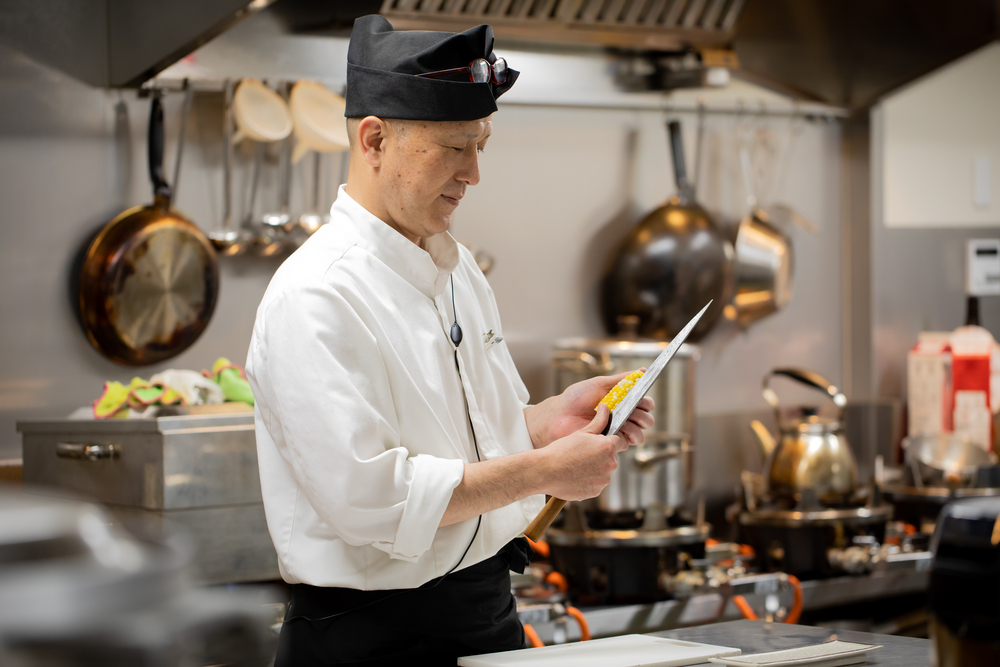
On the third floor of Suigetsurō, you’ll find THE HAMANAKO TERRACE, a teppanyaki restaurant that features meat dishes made primarily with the local Shizuoka brand, Mineno Beef.

You can also enjoy a variety of wines carefully selected to pair with the course meals and meat dishes.
At Suigetsurō, you can savor locally sourced dishes with beautiful views as your backdrop.
No matter the occasion, it’s a destination worth visiting.
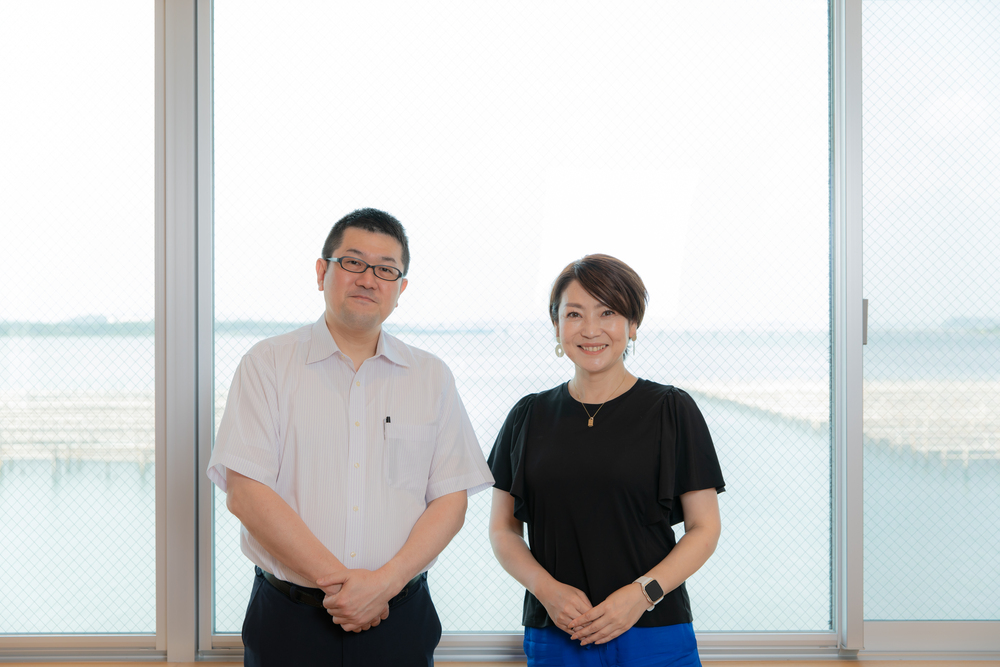
You’ll be warmly welcomed by Executive Director Kawai, a true master of hospitality, with a bright smile!
 ̄ ̄ ̄ ̄ ̄ ̄ ̄ ̄ ̄ ̄ ̄ ̄ ̄ ̄ ̄
Suigetsurō
Address: 3436 Bentenjima, Chuo-ku, Hamamatsu-shi
2nd Floor – Toku Hamana-ko Bettei
3rd Floor – THE HAMANAKO TERRACE
Phone:
Toku Hamana-ko Bettei: 053-543-5109
THE HAMANAKO TERRACE: 053-543-5519
Opening Hours:
[Tue–Thu]
Lunch: 11:00AM–2:30PM (Last Order 2:00PM)
Dinner: 5:00PM–8:30PM (Last Order 8:00PM)
[Fri, Sat & Holidays]
Lunch: 11:00AM–3:00PM (Last Order 2:30PM)
Dinner: 5:00PM–9:00PM (Last Order 8:30PM)
[Sun]
Lunch: 11:00AM–3:00PM (Last Order 2:30PM)
Dinner: 5:00PM–8:30PM (Last Order 8:00PM)
Closed: Mondays (open on holidays) and occasional irregular holidays.
Access: 5 minutes by car from JR Tokaido Line Bentenjima Station.
Official Website: https://suigetsurou.jp/
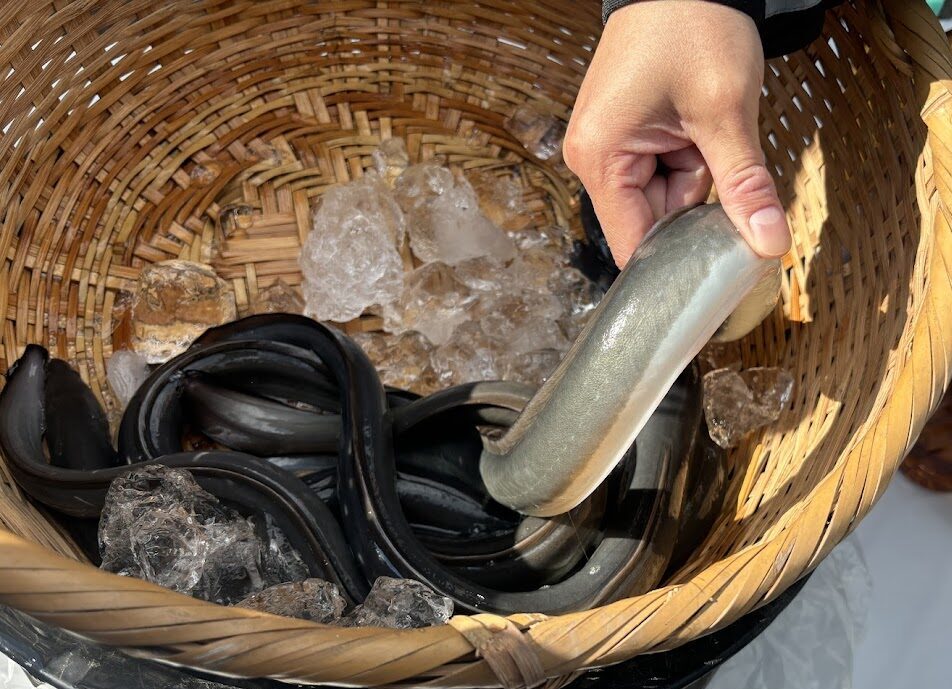
A Must-See for Unagi Lovers! The Charm and Birth Story of Hamana Lake’s New Brand Unagi “Deshiko”
